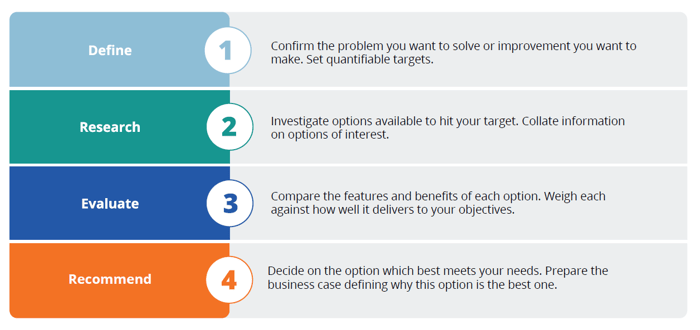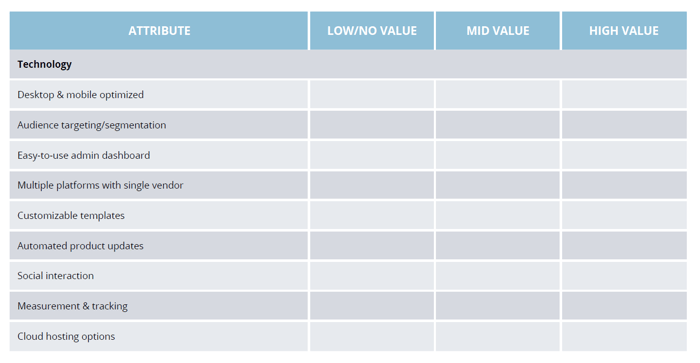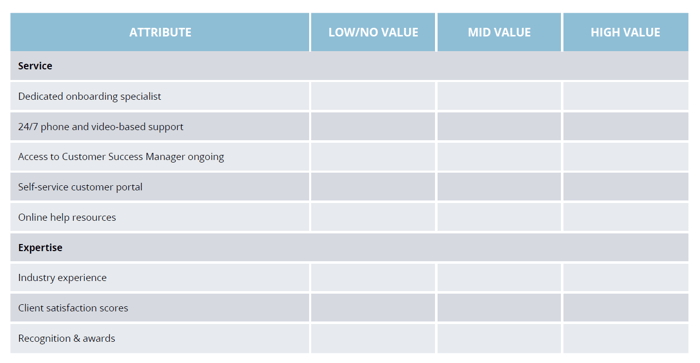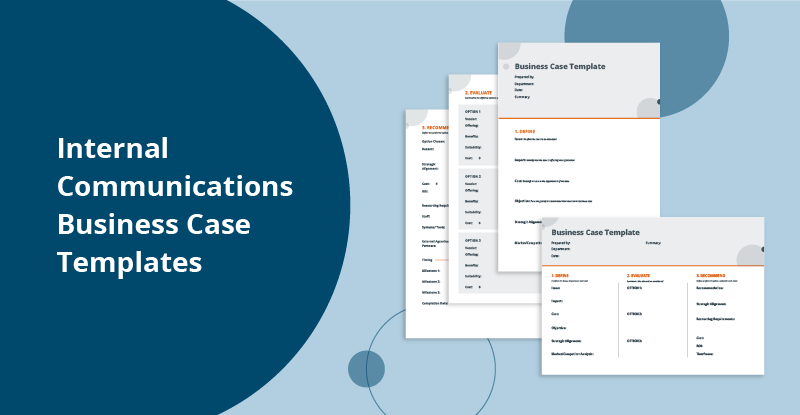
So you need a better internal comms solution? But you don’t know how to get it across the line? No problem, step right this way…
In the first article of this series, we covered how to identify the warning signs that your internal communications platform needs an upgrade. Now we need to build the business case to achieve this.
The business case is the culmination of all your efforts to deliver more effective employee messaging. It’s where the research, evaluation, and recommendation you make sinks or swims.
Imagine yourself a detective solving a problem. Investigating different avenues. Weighing evidence against the issue you need to solve. Identifying the solution which best fits. Building your case until it’s a slam dunk.
Your business case for introducing a new internal communication platform should follow much the same formula. It’s a four-step process – and in this article, we’ll take you through everything. In the end, you can download two simple business case templates ready for use in your organization today.
1. Defining Objectives
The first step in formulating a business case is to define your organizational objectives and assess how a new internal communication solution will help achieve this. Crafting a ‘problem statement’ is often helpful here. Be clear on how achieving this supports your overall organizational health.
Your objective could either be ‘hard’ (ie. To reach a specific target) or ‘soft’ (ie. To improve a process). An effective internal comms platform offers features which deliver to each objective.
Knowing which objectives are most important is essential to a successful business proposal. If you know which issues and concerns most resonate with senior management, you can then ensure your recommendation addresses these.
|
OBJECTIVE |
SOLUTION: HOW BETTER INTERNAL COMMS DELIVERS |
|
Increase employee engagement |
1. Reflects consumer communication preferences 2. Delivers visually-engaging content 3. Offers interactive formats 4. Demonstrates ‘top down’ authority |
|
Deliver needs-based solutions |
1. Provides flexibility for passive to priority messaging 2. Drives behavioral change or immediate response 3. Tactically aligns to strategic initiatives |
|
Improve workplace productivity |
1. Streamlines communication processes, particularly around potentially damaging IT outages 2. Improves information flow during organizational changes 3. Identifies knowledge gaps and improves effectiveness of training 4. Enhances retention of top-performing employees |
|
Improve compliance and cyber security |
1. Bolsters compliance to organizational policies 2. Identifies activity at the user level to reduce non-compliance 3. Aligns communication platform with current best practice technical capabilities |
|
Reduce costs |
1. Ameliorates business costs of IT outages, both planned and unplanned 2. Simple user interface frees up resources to take on value-added tasks 3. Demonstrates greater result focus than traditional channels |
|
Demonstrate ROI |
1. Provides accurate tracking and reporting 2. Offers actionable employee insights across the organization 3. Generates consistent reporting to meet regulatory and audit requirements |
2. Researching Alternatives
With objectives defined, and a clear vision of how an effective internal comms platform delivers to this, you’re ready to search for and consider solutions. A variety of methods are available.
-
Targeted web searches allow you to find options matching your specific needs; for example, mobile-optimized formats if you have a partly mobile workforce
-
Peer recommendations offer an impartial appraisal from a trusted source, which can mitigate against decision anxiety
-
Case studies which align to your situation prove the capabilities of specific platforms, as well as demonstrate relevant vendor expertise
Whichever methods you use for research, make sure to save key information or links to relevant details as you go. This will make the next step considerably easier – particularly if your research has taken place over an extended period or involved a multitude of sources.
3. Evaluating and Prioritizing
Your research may have uncovered several viable options for an internal comms platform. But how to compare them and weigh up the respective merits of each?
Each option will be stronger in certain attributes than others. Defining how important each attribute is in meeting your objectives helps evaluate the different options.
Consider using the following checklist. Beneath each of the three core areas of technology, service and expertise, there are listed various attributes.
Simply place a tick next to the importance of each of these attributes. This reflects how important each is to your organization – low or no value, medium value, or high value. Feel free to add any other attributes of your own.
When completed, this should provide you with a better sense of the type of solution you need. And of the options you’ve researched, which aligns best.
4. Writing and Recommending
Your organizational objectives are defined. The different communication platforms have been evaluated. Your preferred option is selected. You're now ready to take your proposal to management for review and – hopefully – approval.
Firstly, ensure you’ve decided on the option which best meets your needs (or options if you wish to include alternatives).
Then, sell your solution in your business case. Call upon the evidence you read which persuaded you while you were researching. Use your completed attribute checklist to help substantiate your decision. Visualize the solution in action.
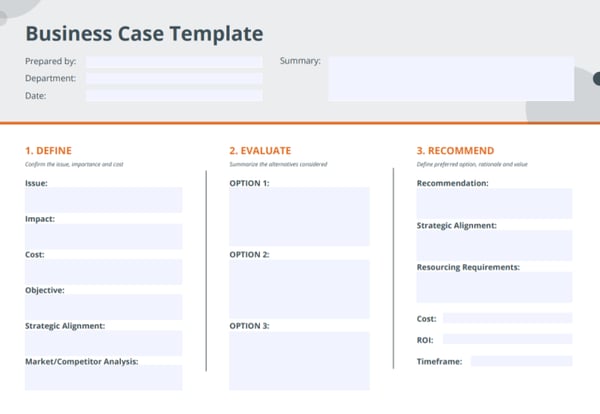
Ultimately, tie everything back to your original objective and how achieving this supports the wider organizational goals. After all, these wider goals will be what most concerns the leadership team making the decision.
Some of the things your business case should include are the following:
-
Executive summary clearly defining the business problem to be solved or opportunity to be met
-
Expected benefit and strategic alignment of the recommendation being made
-
SMART objectives (Specific, Measurable, Achievable, Relevant, Time-Bound) with KPIs (Key Performance Indicators)
-
Risk assessment summarizing the deficiencies of your current state and implications to the organization of maintaining this status quo
-
Time and resources required – both staff and equipment
-
Relevant supporting material, such as attribute comparison chart or case study references
-
Formal recommendation, together with implementation timeframe, cost benefit analysis and projected ROI (return on investment)
Before taking your completed business case to the appropriate manager or approval committee, it’s worthwhile considering the ‘hot buttons’ for each of the different stakeholders.
What drives each of them? What concerns them? How does what you’re proposing support these?
Being aware of these hot buttons permits you to tailor your pitch accordingly and have a greater chance of positively influencing the outcome. That’s what we’ll cover in the final article of this series – successful stakeholder engagement.
Free Business Case Template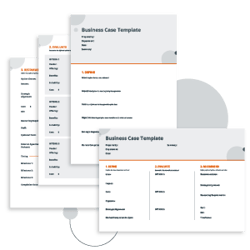
Download a free project business case template here. There are two versions. Both are fully editable, allowing you to use these for your next business case immediately.
-
A one page business case template - simple, summarizing what you need and why
-
A 3-page business case template - comprehensive, covering each element in detail
